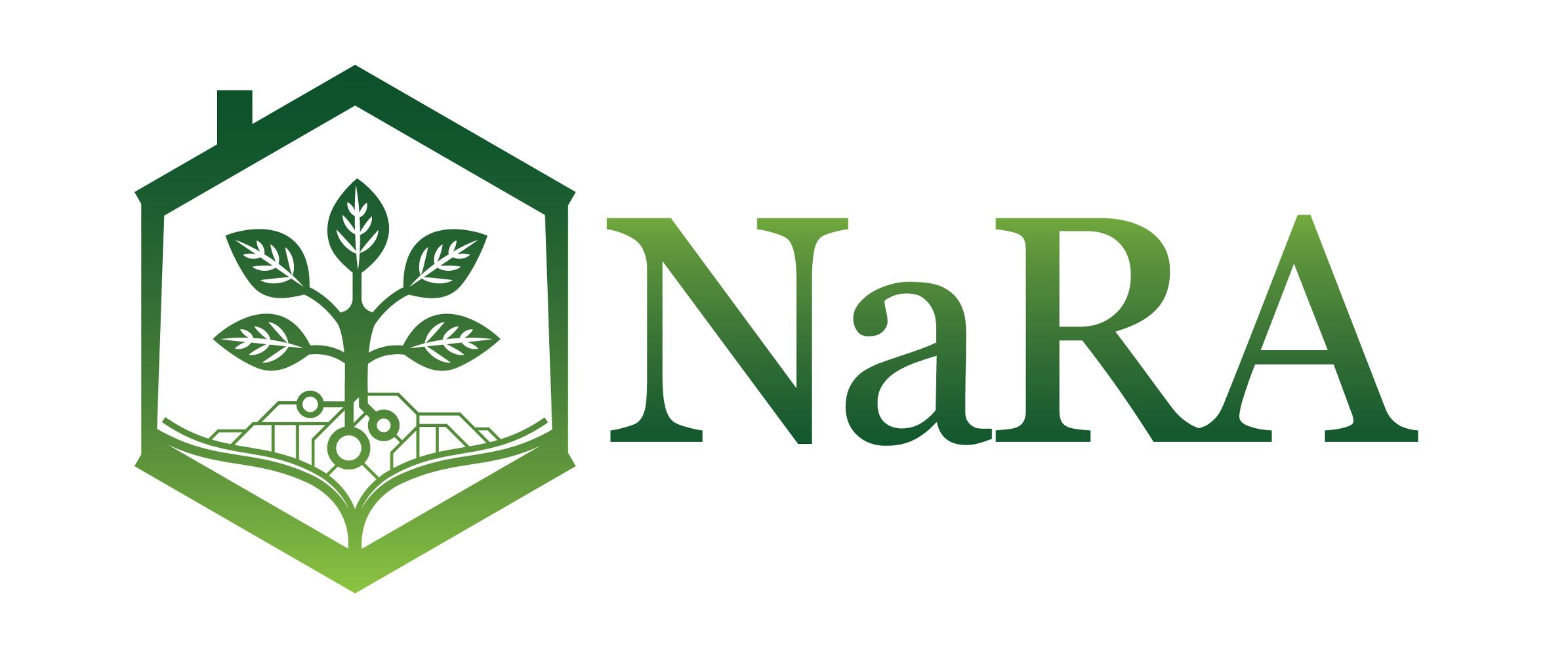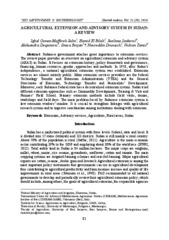| dc.description.abstract | Sudanese government attaches great importance to extension services. The review paper provides an overview on agricultural extension and advisory system (AEAS) in Sudan. It focuses on extension history, policy framework and governance, financing, human resources, gender, approaches and methods. In 1958, after Sudan’s independence, a national agricultural extension system was established. Extension services are almost entirely public. Main extension services providers are the federal Technology Transfer and Extension Administration (TTEA) and the General Directorate of Extension, Technology Transfer and Pastoralists’ Development. Moreover, each Sudanese federal state has a decentralised extension system. Sudan tried different extension approaches such as Commodity Development, Training & Visit and Farmers’ Field School. Primary extension methods include field visits, demos, workshops and field days. The main problem faced by Sudanese extension system is low extension workers’ number. It is crucial to strengthen linkages with agricultural research system and to improve coordination among institutions dealing with extension. | en |



